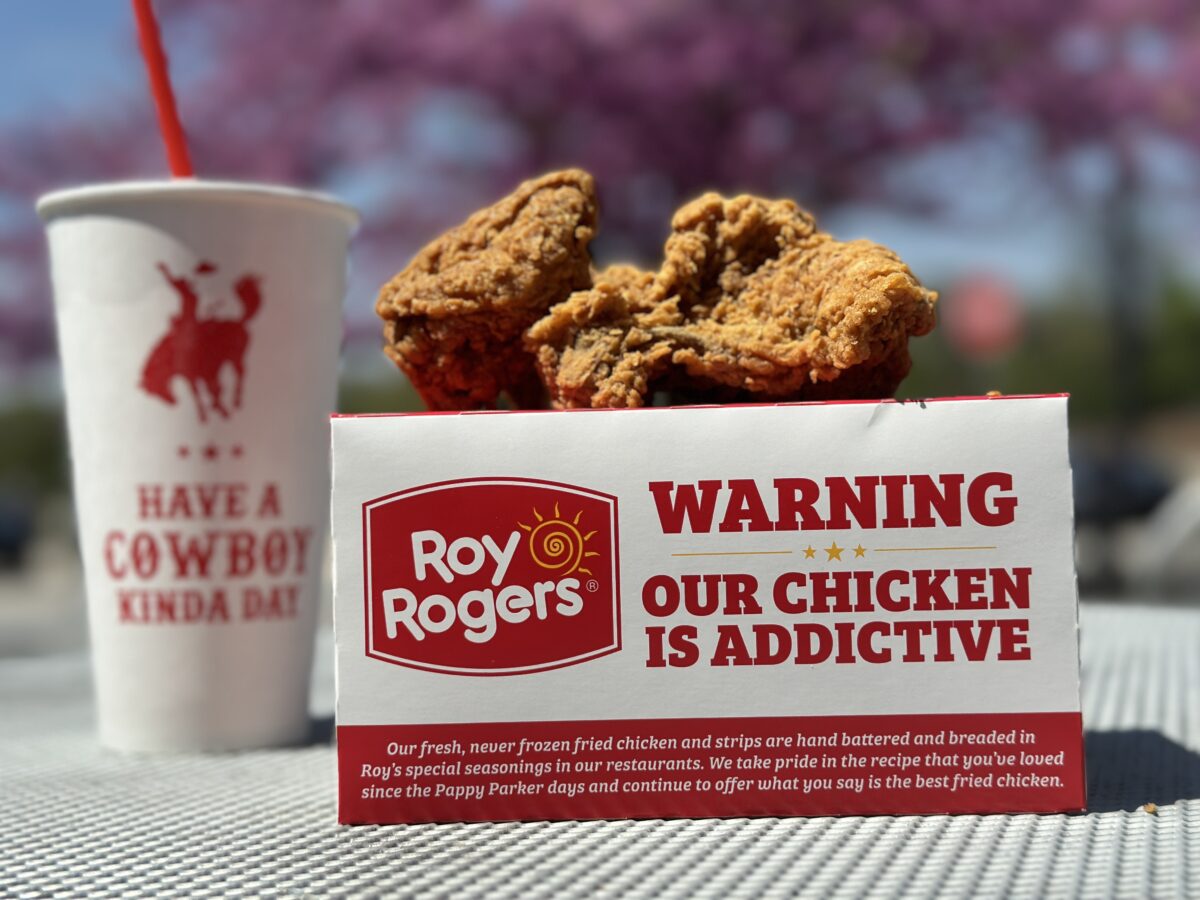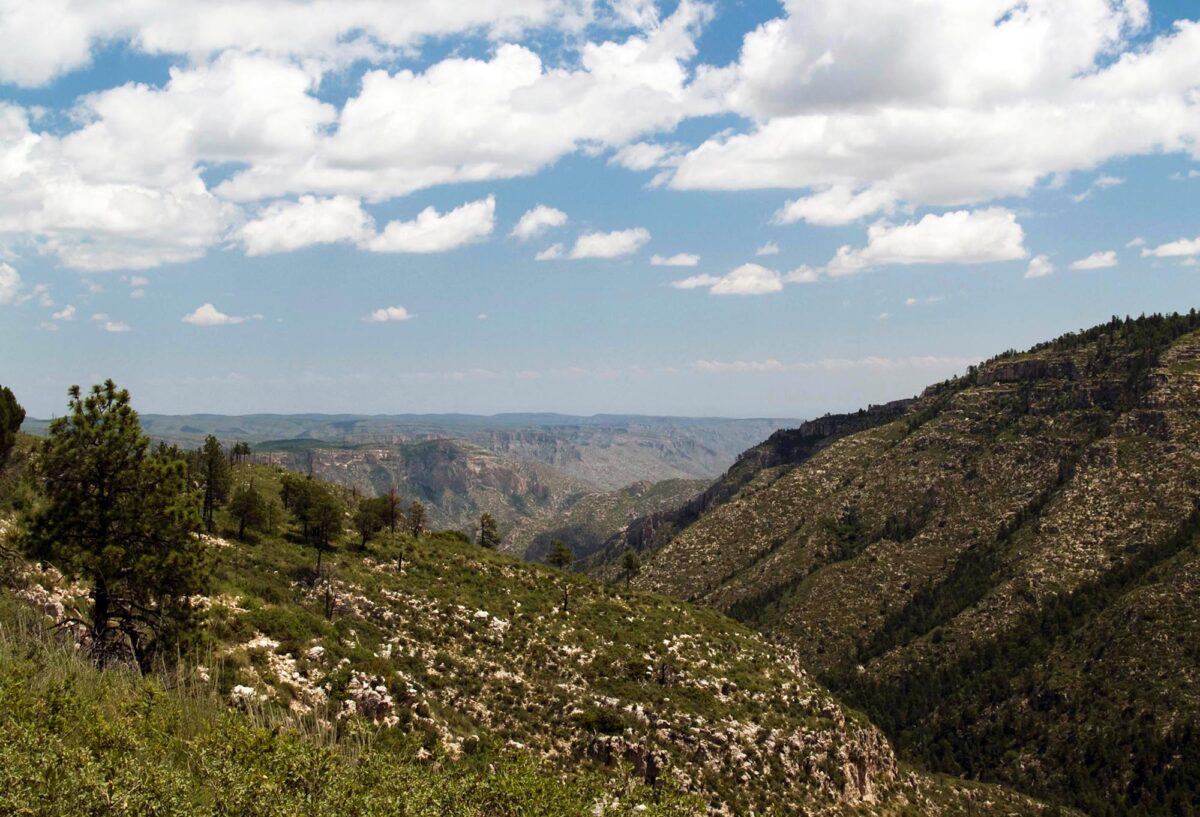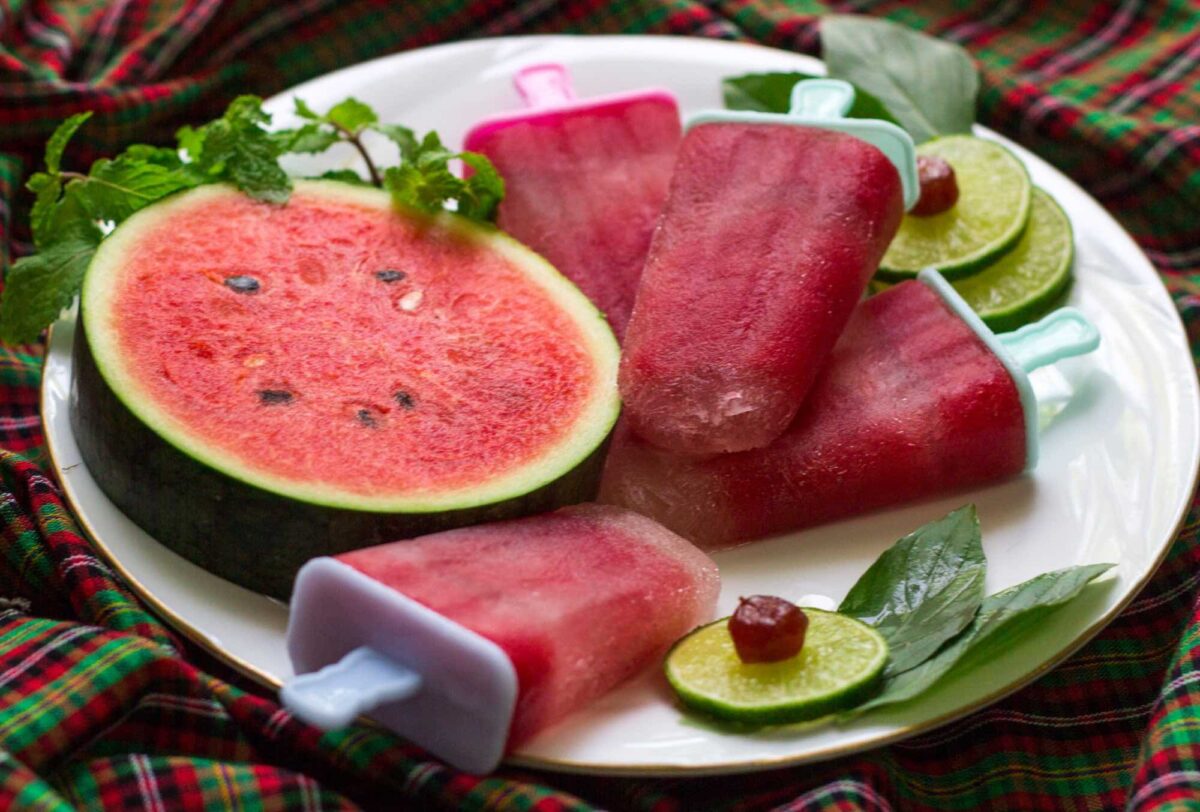A story for summer road trippers…
We recently made a trip down the Pennsylvania Turnpike, something we’d managed to avoid for years. It seems the turnpike is always under construction, and the tolls get higher. But it reminded me of the numerous trips we made as a family over the years, traveling from one point to the other.
As we drove, we watched for one of the old stone hospitality stations. Here’s why:
When the kids were little we’d do roadside picnics. They became a tradition—one born of budget constraints.
If we had a long road trip, we’d go to the farmer’s market and get deli meat and cheese, fresh bread, and chips. We’d pack the cooler with cans of soda, the deli food, fresh chocolate chip cookies, and plenty of ice to keep things cold.
Then, when it was time for a break, we’d find a roadside park or rest stop and pull it all out.
Gradually the budget increased and so did the kid’s appetite. Sandwiches no longer satisfied; they wanted fast food. That’s when we found Roy Rogers chicken along the Pennsylvania turnpike, and it became our go to place. We loved the crunchy breading and the always-hot and tender chicken inside.
You all probably have those types of places, those memories, in your mind. Your own family likely found a way to stretch the budget, a way to make travel doable, and a way to change your habits as needs changed. Food is what marks many of those moments of your life. Food brings back the scents, the tastes, and the happy faces enjoying themselves.
And that’s why, as we traveled the PA Turnpike recently, we stopped at a Roy Rogers and shared a two-piece box of chicken…and a memory or two.
Photo by Paul K. Logsdon



